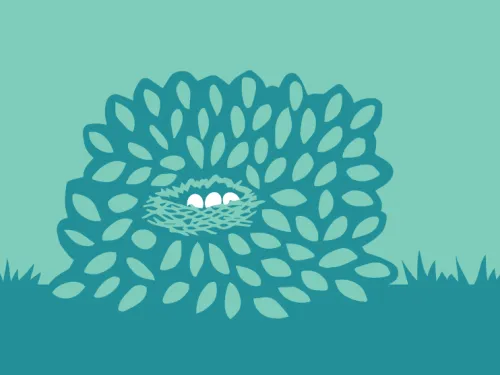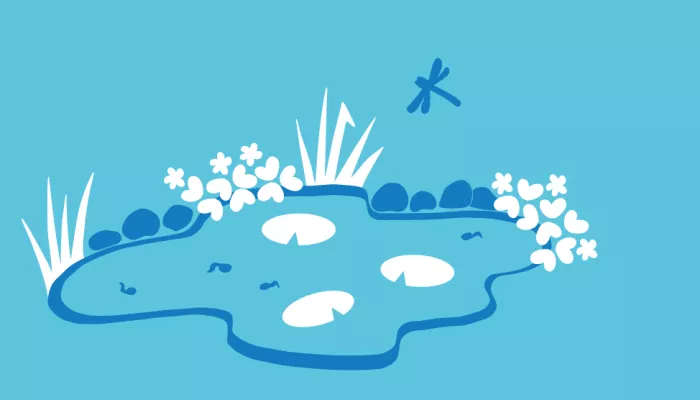
How to provide bushes for nesting birds
In the spring, birds choose the best locations to build nests, so why not offer them a safe place to settle?

Even a small pond can be home to an interesting range of wildlife, including damsel and dragonflies, frogs and newts.
Any pond can become a feeding ground for birds, hedgehogs and bats – the best natural garden pest controllers! Your pond needn’t be big. A washing-up bowl, a large plant pot, or a disused sink could all be repurposed as ponds, providing you make sure creatures can get in and out.
Think big, start small!

In the spring, birds choose the best locations to build nests, so why not offer them a safe place to settle?

Plant wildflower with seed bombs!

The colder months can be a tough time for wildlife, food is scarce and hibernators are looking for shelter. That's why we’ve put together our top tips for maintaining your garden for wildlife in autumn and winter. Spoiler – some of our tips can be done…